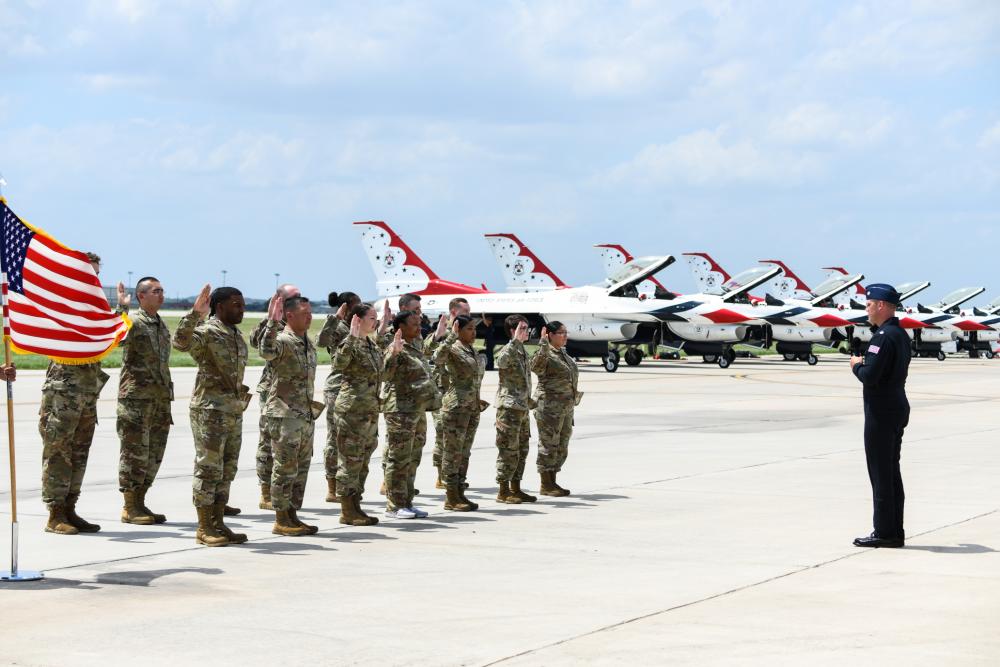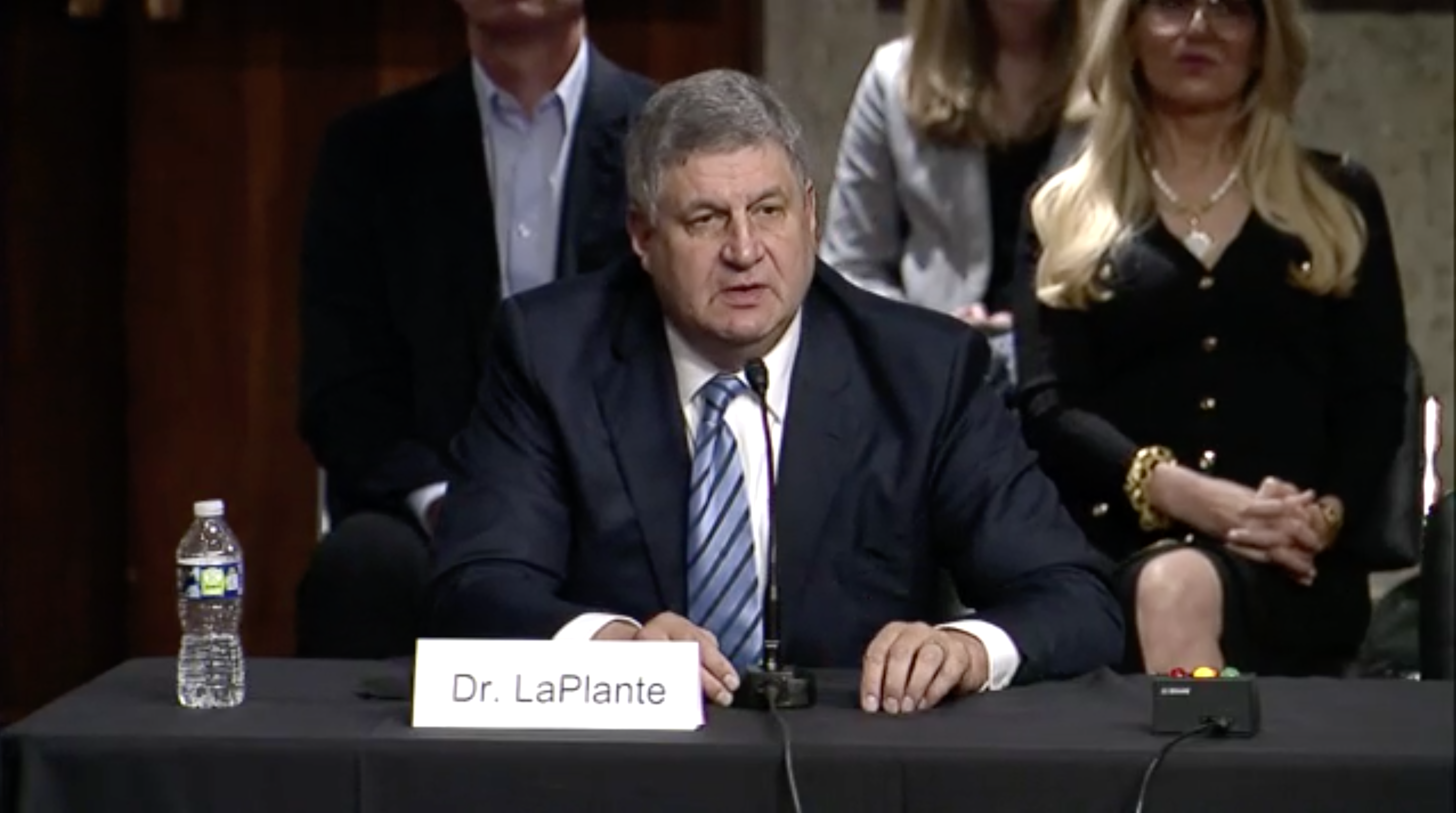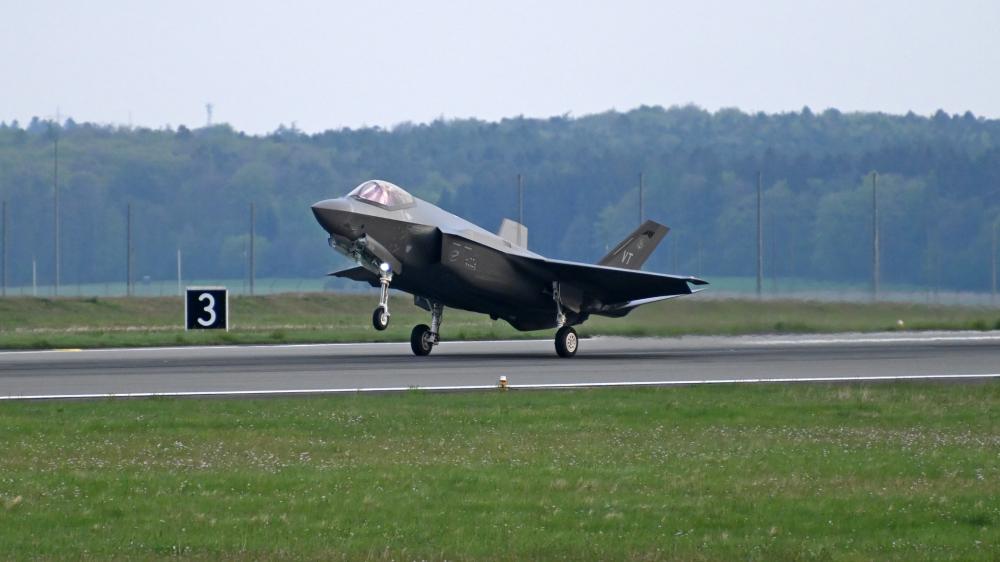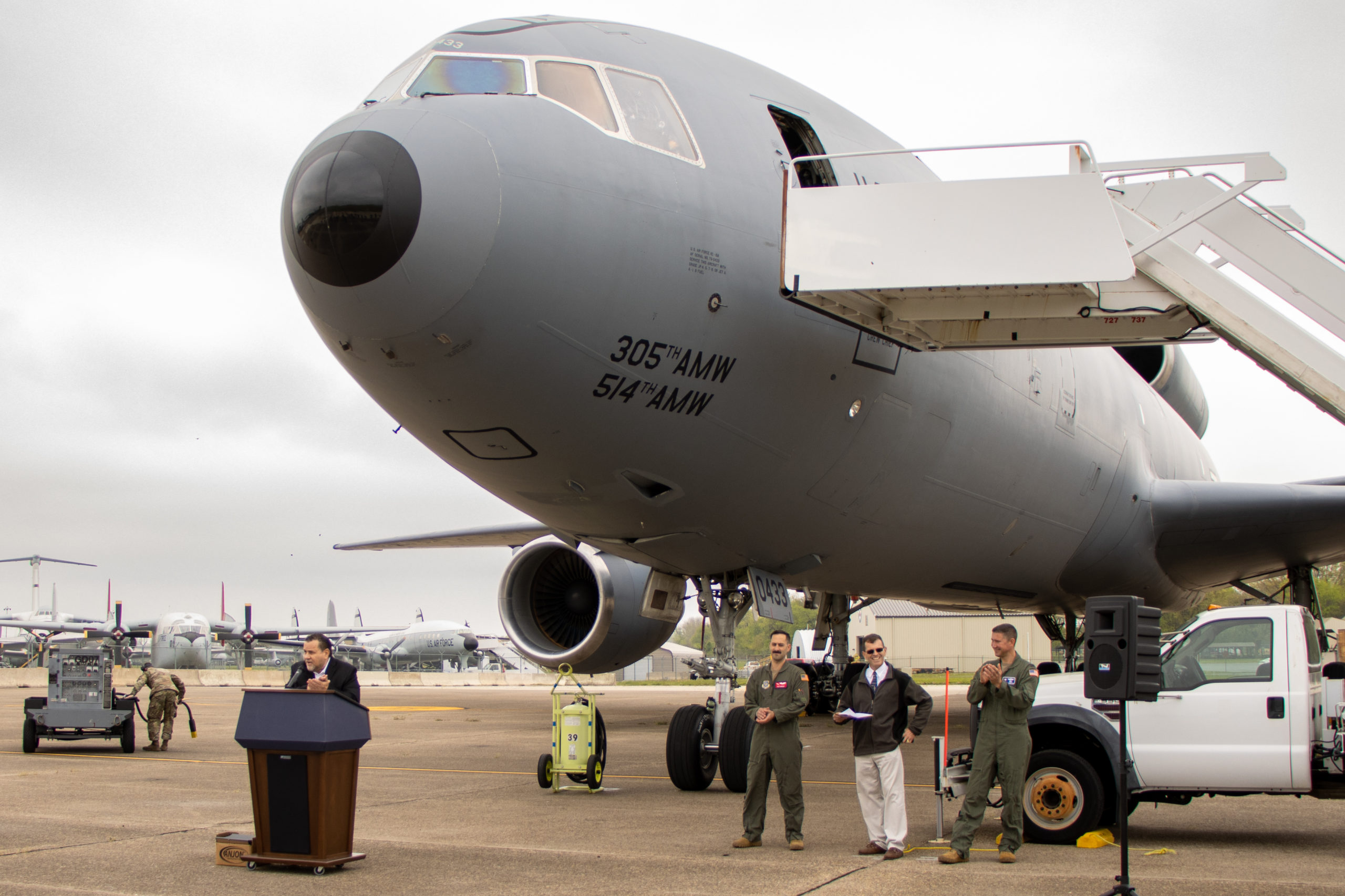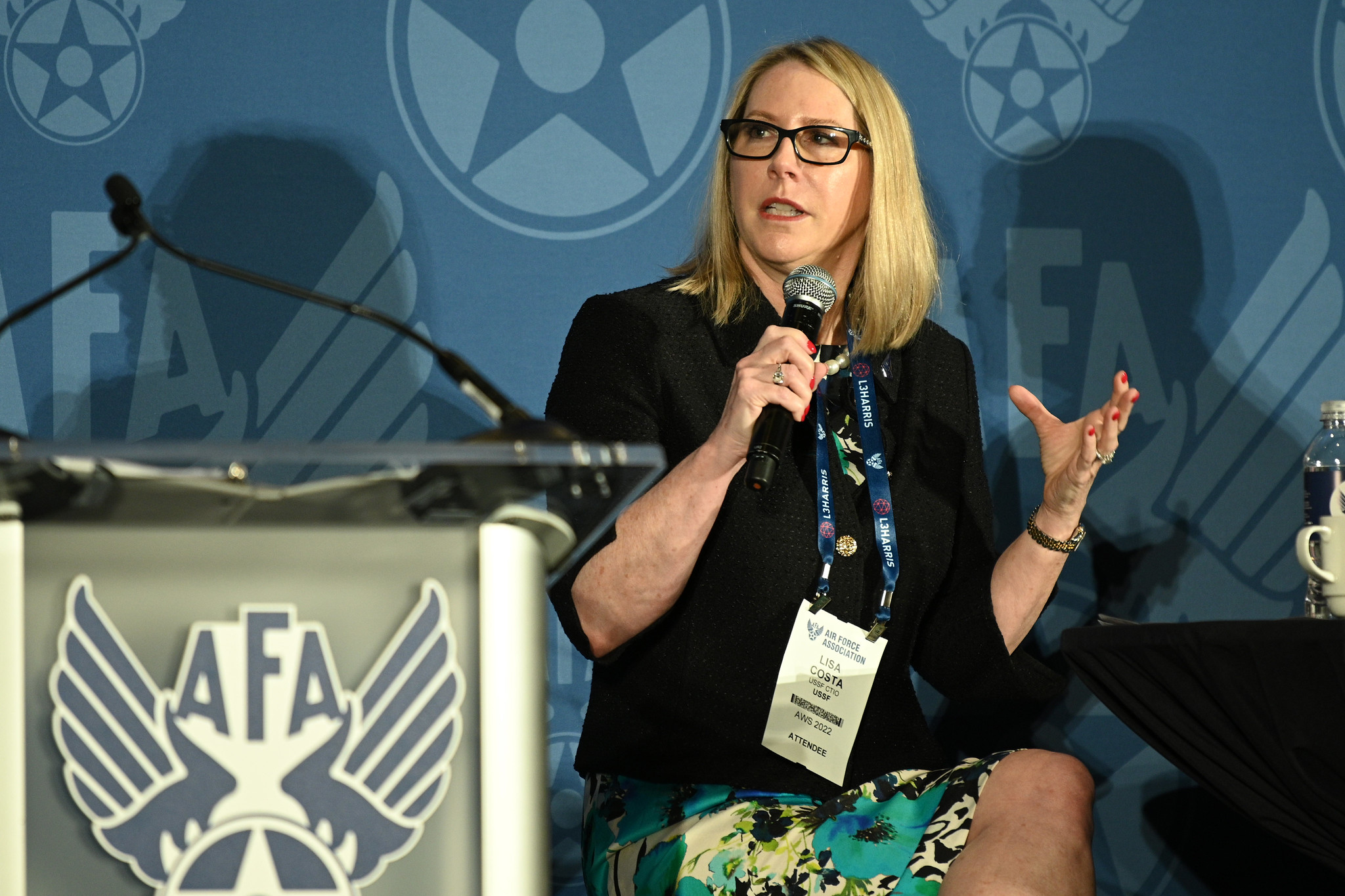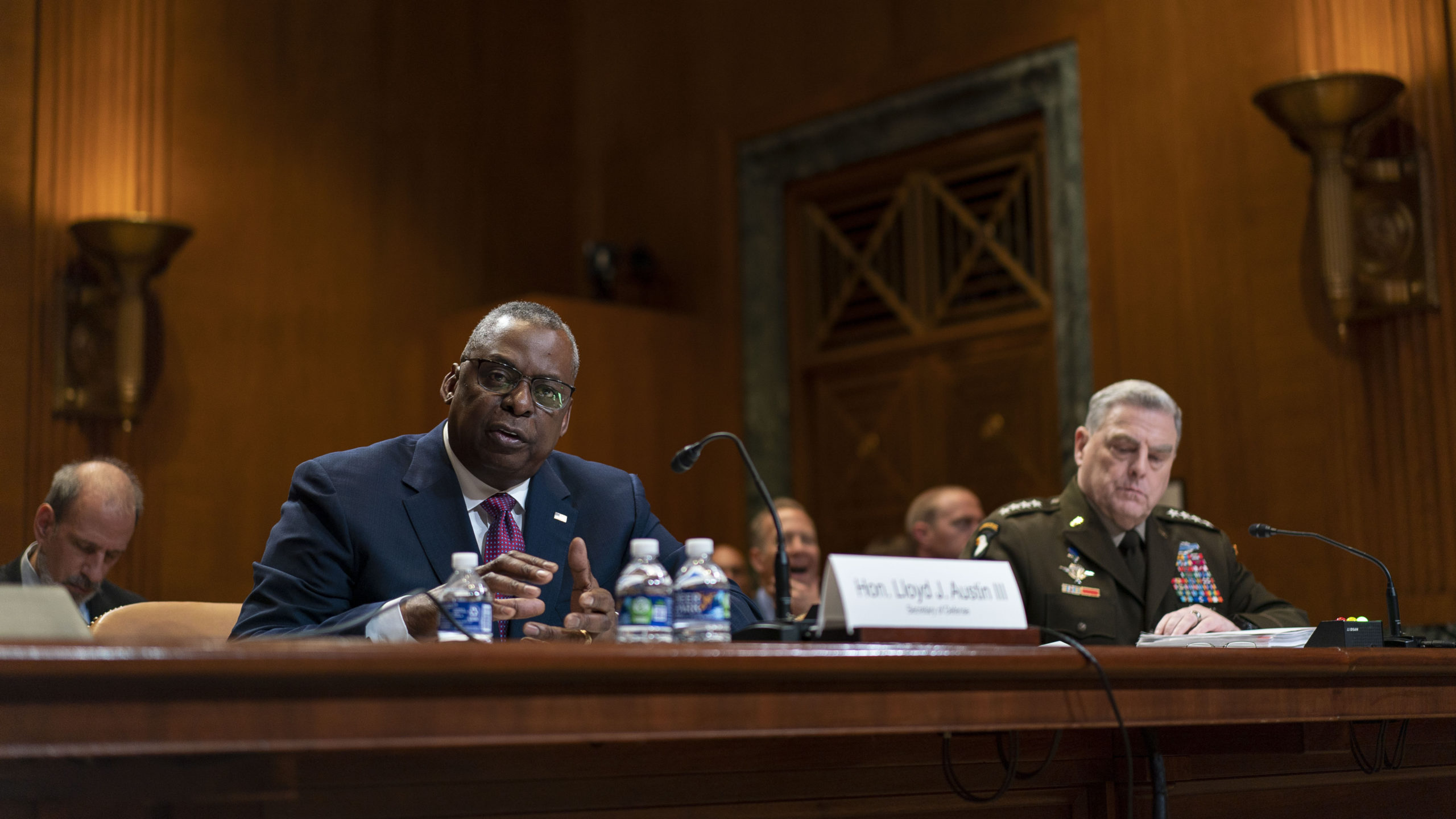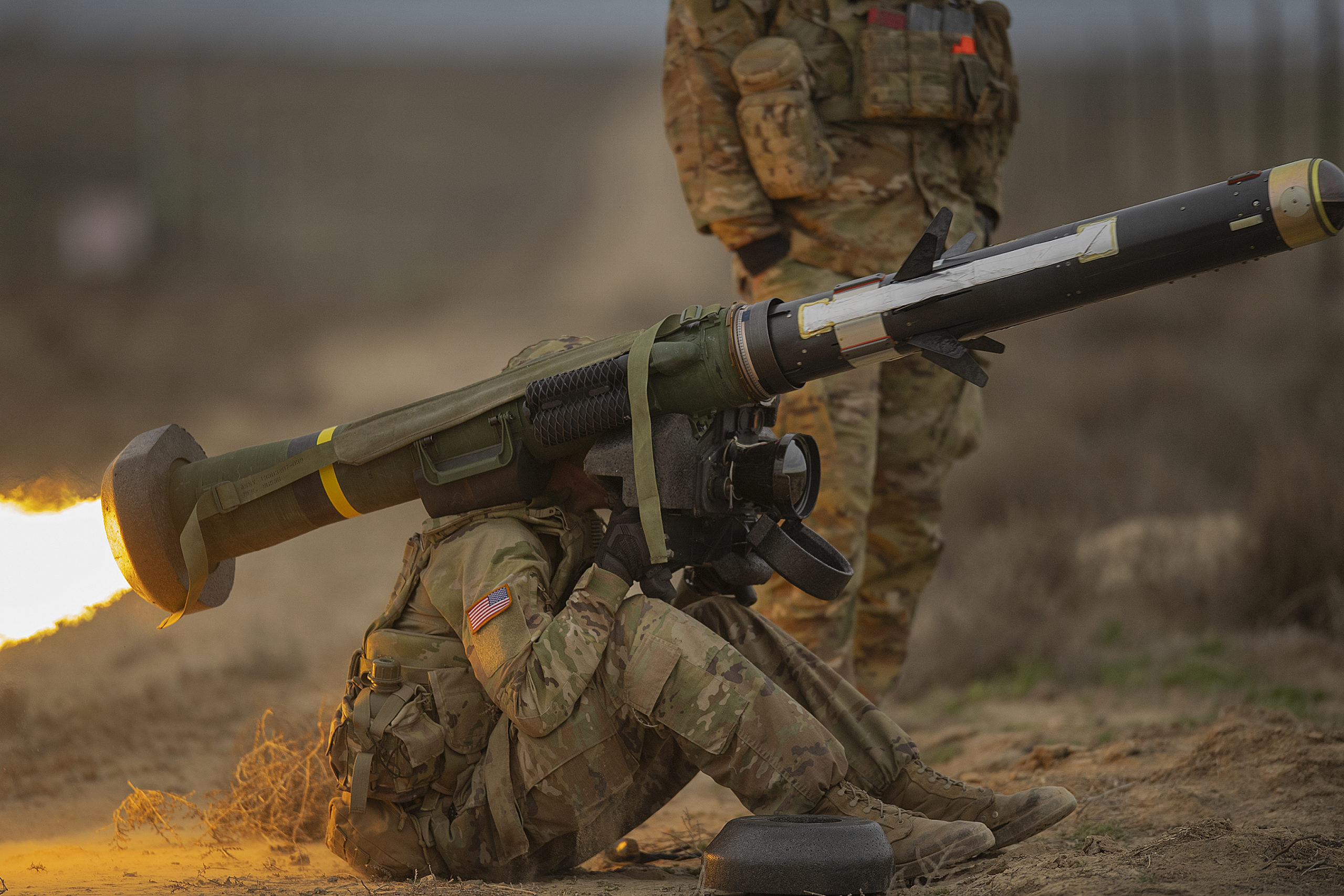Airmen and Guardians across 63 different career fields are eligible for selective retention bonuses in fiscal 2022, according to new Department of the Air Force documents—the most since the start of the COVID-19 pandemic.
The SRB program is aimed at incentivizing re-enlistment for experienced Air Force and Space Force service members in career fields that are undermanned or that come with high training price tags. View the full list of qualifying AFSCs here.
However, as the pandemic led to economic uncertainty for many, retention spiked to a 20-year high in 2020. That led the department to slash the number of Air Force Speciality Codes eligible for SRBs, from 72 all the way down to 37.
A mid-2021 update to the program upped the number of eligible AFSCs to 40. Now DAF has expanded the list of eligible AFSCs again as the pandemic’s impacts have waned, the broader workforce has seen a record number of resignations, recruiting faces downward trends, and the Air Force has separated more than 350 Airmen for not getting the COVID-19 vaccine.
A dozen of the eligible career fields are within the Space Force, ranging from certain intelligence analysts to cyber operations. That marks a dramatic expansion from the last list, when just one Space Force code was included.
The other 51 in the Air Force include everything from explosive ordnance disposal to dental hygienist. Among the new career fields added this year are:
- Cyber warfare operations
- Cryptologic language analysis for Farsi
- Certain kinds of maintenance for F-35s, B-52s, RC-135s, and E-3s
- Engineering
- Public affairs
- Aerospace Medical Service
The size of the bonuses paid out to Airmen and Guardians who reenlist depends on several factors. DOD policy sets the total as the service member’s monthly basic pay at the time of reenlistment multiplied by the number of years of the reenlistment (capped at six years) multiplied by a factor set by the Air Force based on the urgency and importance of manning in the career field. That factor, however, can vary within a career field based on the service member’s “zone”—the amount of experience they have, split into four tiers.
As in years past, the Air Force has capped the SRB at $100,000, with a career cap of $360,000.
This marks the second update to an Air Force bonus program in recent weeks—in early April, the service announced it was expanding its Initial Enlistment Bonus program for new recruits. That expansion also targeted maintainers for bombers and refuelers.
As always, the department is still offering bonuses both to entice and retain Airmen in hard-to-fill fields such as special warfare; explosive ordnance disposal; and survival, evasion, resistance and escape.
